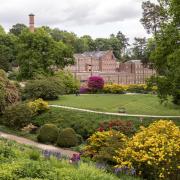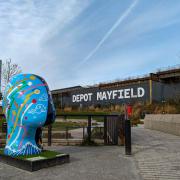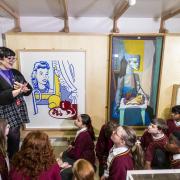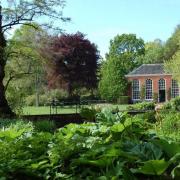An appreciation of Napoleon crossing the Alps by Paul Delaroche c1850
On July 14th French people all over the world celebrate their national day La Fête Nationale, or as we perhaps know it better, Bastille Day. It commemorates the beginning of the French Revolution in 1789.
Napoleon Bonaparte, although still a young man when the Bastille was stormed, rose in prominence and power during the revolution to become Emperor of France. In a quest for personal power he continued to seize control over much of mainland Europe before coming unstuck against Wellington at The Battle of Waterloo. As Emperor he instigated a series of liberal reforms which allowed freedom of religion and forbade privileges based on birth. The Napoleonic code formed the basis of much legislation still in existence not only in France but around the world.
In contrast to many portraits of Napoleon which exaggerate his status and authority, Paul Delaroche has elected to portray a younger Napoleon, who was yet to crown himself Emperor.
The sharp angles of the rock faces, icicles and freezing mist reinforce the treacherous nature of the Great St Bernard Pass which cuts its way through the Alps. A lone peasant leads a mule through the snow-capped scene. Atop the mule sits a forlorn and slightly bedraggled Napoleon, wrapped in a greatcoat that is more functional than vainglorious. There are no visible accoutrements to his immense power. He leads no army, wields no weapon and displays no medals; he rides a lowly mule rather than his more usual rearing white stallion, which follows him in the bottom left orner. The painting is unusual in the way it downplays what was a victorious military campaign but also because it was commissioned by an Englishman, Arthur George, 3rd Earl of Onslow one of many noblemen who, surprisingly perhaps, admired Napoleon.
The painting, however, is not meant to disparage or insult a man with whom Delaroche was fascinated. His obsession stemmed from the strong physical resemblance he bore to Napoleon and whose successes and reversals he compared to his own. In his view, the iconic figure of Napoleon would not be demeaned by being revealed as a credible and vulnerable man.
See this
Walker Art Gallery
Located : The Walker Art Gallery is on William Brown Street, Liverpool L3 8EL
Open: daily from 10am - 5pm. Admission is free.



























